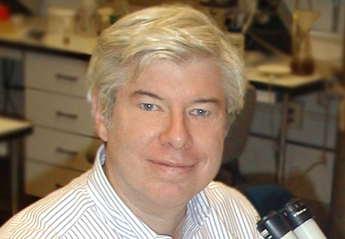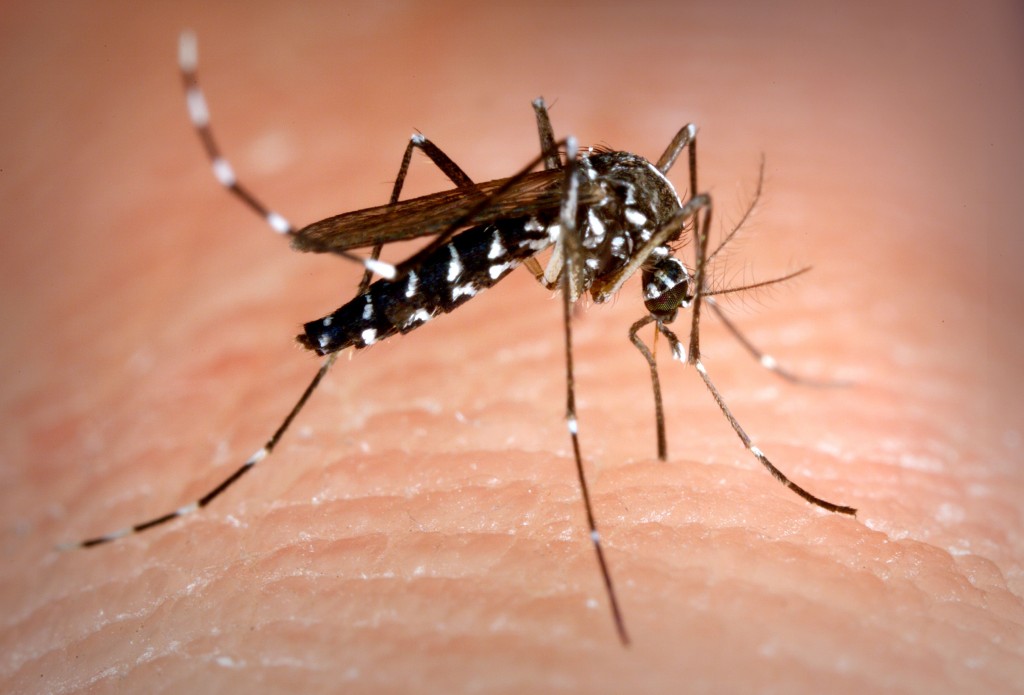In October of this year, the National Academies of Science, Engineering, and Medicine held a public workshop to gather information regarding the safety and ethics of gene drive research. GSA Public Policy Chair Allan Spradling sent the following comments to the committee for consideration.
In the late 1980s I was one of the first scientists to propose the use of “gene drives” to alter the ability of insect vectors to transmit human pathogens based on Margaret Kidwell’s demonstration that the Drosophila P element had spread throughout wild populations world-wide in just a few decades. At the World Health Organization in Geneva, I suggested that the ability of a problem population of malaria mosquito vectors to transmit human malaria might be altered by introducing transposons with the ability to spread throughout target populations of such vectors.

Allan Spradling
The introduced transposon(s) would be identified as novel transposons within populations of the same species that were naturally resistant to malaria transmission (if they existed, but this is not uncommon) in the hopes that the genomic alterations and physiological changes caused by introducing these elements might in themselves be sufficient to suppress disease transmission. If such an approach was not feasible, one could add a gene to a highly active transposon with the ability to spread that laboratory research had demonstrated would interfere with malaria growth/transmission but exert minimal deleterious effects on the mosquito itself. In this case the introduction of the gene into the population would rely on the gene drive properties of the transposon itself and the possible selective advantage of a reduced malaria burden on the vector. The idea of actually killing the vector species using a gene drive seemed unlikely to succeed, and was not recommended. I believe that the gene drive-based approach to reducing the incidence of insect-borne diseases outlined above continues to have potential. Today, I worry that recent concern over the safety of even studying gene drive systems in the laboratory threatens to derail this promising avenue of research. In my view, such worries are not based on evidence of an actual danger sufficient to preclude the active pursuit of a research program under current recombinant DNA guidelines and as part of coordinated international development efforts that could bring immense benefit to humans around the world.
Akbari et al. call for stringent regulation of research using Drosophila melanogaster on “gene drives,” genetic constructs that at least in a laboratory setting can increase their inheritance above simple Mendelian expectation. The new proposed regulations would include prior committee approval, restrictive laboratory design not readily available in most institutions, and time-consuming biological containment. The motivation for new, stringent regulations is to absolutely preclude the inadvertent genetic modification of wild Drosophila populations. Unfortunately, if adopted, these policies would make it considerably more difficult to carry out research on gene drives, despite their potential for beneficial applications and evolutionary interest. We should ask ourselves whether imposing a new regime of regulations in the absence of any proven threat is a better course for society than continuing to study gene drives under the same controls as currently apply to other transgenic flies, while developing a rational framework for assessing hazards.
There are many reasons to suspect that laboratory-designed gene drives are a lot less dangerous than depicted in hypothetical scenarios. Gene drives are natural and already widespread in wild populations. While the particular variants of concern to Akbari et al. were built with CRISPR technology and are completely novel, even more potent gene drives, transposable elements, were built by evolution and are a ubiquitous feature of most or all genomes. Drosophila research using active transposons such as PiggyBac that could theoretically spread in the wild has been carried out in laboratories around the world for decades under the current regulatory rules without problem. There seems to be an assumption among proponents of new regulation that gene drives are guaranteed to move through wild populations. Transposons are kept in check by a sophisticated immune system based on piRNAs not unlike CRISPR itself. Such piRNAs recognizing cas9 could be produced from a fragmented construct and spread in the population to inactivate gene drive activity. Other means of inactivating the construct are also plausible. Previous studies of biological elements such as transposons or viruses that can spread in the wild suggest that infectivity requires a high degree of evolutionary adaptation whose molecular basis is not well understood. It seems questionable that a novel human-designed gene drive construct produced in the absence of such knowledge constitutes an imminent threat to a natural population. Rather, there will likely be a significant learning curve before efficacious gene drives can be designed and employed in the manner that is hoped for beneficial purposes, if this is indeed even possible. Premature regulation would lengthen that period and delay the possible benefits of this technology.
Consequently, I favor an alternative approach to the issue of gene drive research and if warranted, to its eventual application. The properties of gene drives and their behavior in Drosophila research laboratories should continue to be studied under the current regimes of recombinant DNA regulation, which have been sufficient for the last 30 years to prevent the escape and spread in the wild of laboratory organisms and their natural gene drives. New constructs that show promise in a laboratory population, should be tested in large outside cage environments containing wild Drosophila. In addition to allowing an important line of research to continue, another major advantage of this approach is that Drosophila gene drive experiments will generate real data about which types of constructs represent a threat of dissemination in wild populations, under what circumstances and with what consequences for the affected animals, so that any new regime of regulation can be developed rationally and adopted as needed. Truly successful gene drives, if they can be produced, should graduate to tests using target species, such as malaria vectors, in cages at supervised sites as part of international development efforts and under appropriate safety regimes as discussed in detail elsewhere.
The views expressed in guest posts are those of the author and are not necessarily endorsed by the Genetics Society of America.
Related Reading on Genes to Genomes:
Modeling the promise and peril of gene drives
WorkingWorking through the issues: Science, ethics and governance of gene drive research































